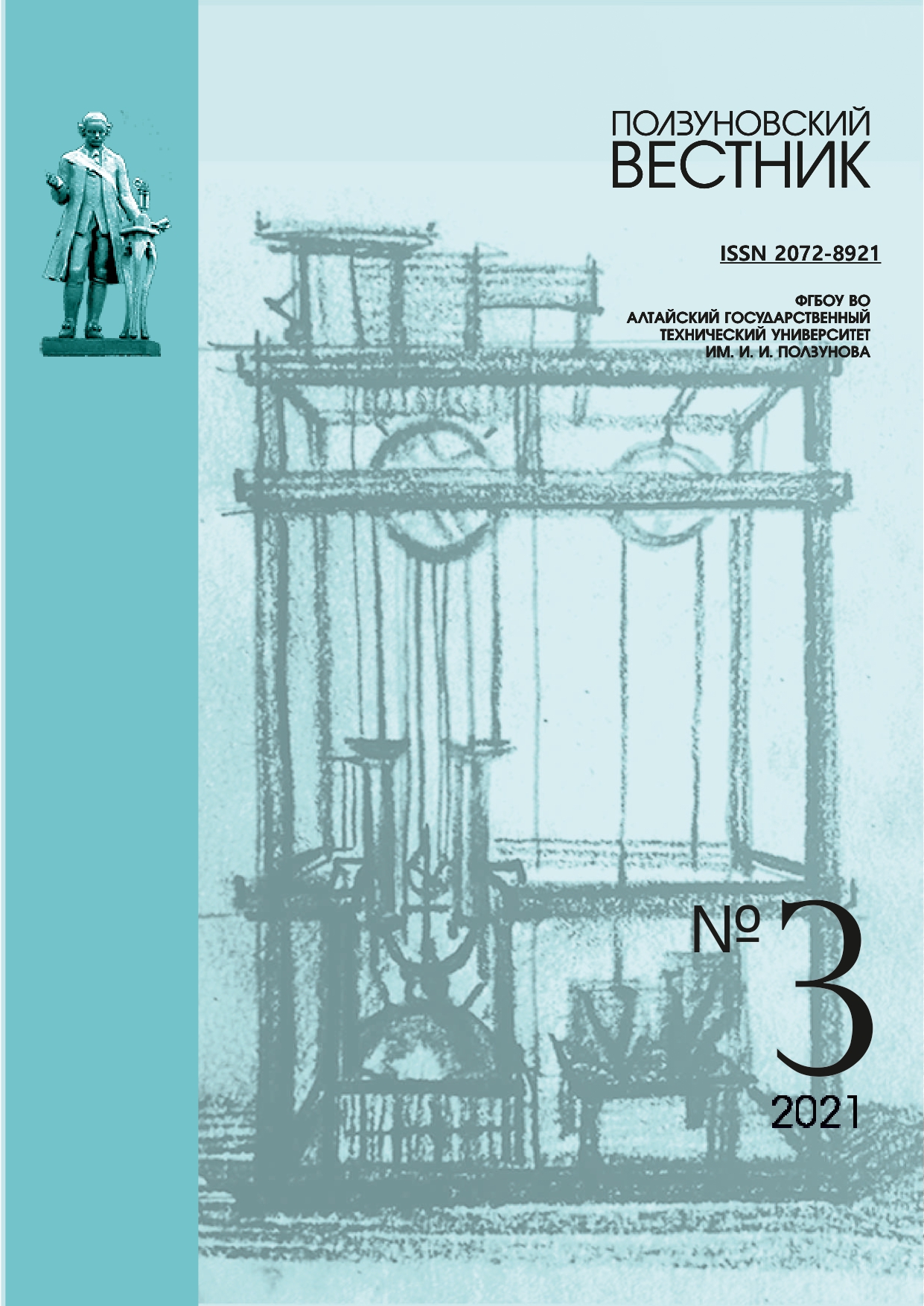RATIONALITY OF STERILIZATION REGIMES AS DETERMINANT OF MEAT QUALITY STABILITY IN CANNED MEAT IN PIECES
doi: 10.25712/ASTU.2072-8921.2021.03.014
Keywords:
sterilization, regimes, process lethality, safety, quality, consumer packaging, amino acid preservation, product assimilabilityAbstract
The traditional consumer packaging for canned meat is a can from tin or aluminum. Canned meat in pieces in that kind of cans has the shelf life from three to five years, which is important for specific consumers of our country. Commercial sterilization regimes are scientifically substantiated with account for the minimum destructive changes in the main substances of the finished products, were proved by many years of using in the canning industry, but are quite tough. The growth in production and consumption of food packaging from polymer and composite materials significantly extended the nomenclature of consumer packaging for canned food manufacture setting a task of developing gentler sterilization regimes. The article presents the methodological approach to substantiation of the rational sterilization regimes for canned meat in pieces produced in packages from a composite material. The calculated required lethality of the rational sterilization regimes for canned meat in pieces should be not less than 10 arbitrary units; with that, commercial regimes ensure a value of the achieved sterilization effect equal to 16.4 arbitrary units. The results of the analytical calculation of the conditionally rational regimes of thermal treatment of canned foods with the visual reflection of the dynamics of autoclave heat-up, product heating and values of the F-effect are presented. Regimes tested in the laboratory and industrial conditions showed microbiological safety of canned foods.
The effectiveness of reducing heat loads, providing the lethality rate within 10-11 conventional minutes on the preservation of the structure of muscle tissue and, as a consequence, high organoleptic and physicochemical characteristics of the finished product, has been shown. It is noted that the intensity of losses of the amounts of essential amino acids in canned food made according to the experimental regime is on average 1.6 times lower in relation to the amount of essential amino acids in the canned food produced according to the control regime. A reserve of 6.4 conventional minutes of the F-effect value was reflected in the depth of protein aggregation. As a result, the digestibility of canned meat, made according to experimental modes, positively differs from the control samples of products.
Downloads
Published
How to Cite
Issue
Section
License
Copyright (c) 2022 Valentina B. Krylova, Tatyana V. Gustova

This work is licensed under a Creative Commons Attribution 4.0 International License.















 .
. This work is licensed under a
This work is licensed under a 
